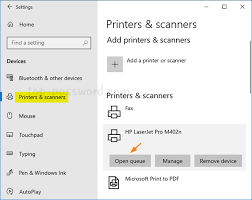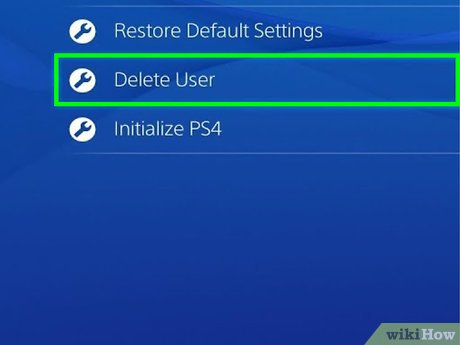What is a Sandbox (in Software Testing)?

In software development, testing is an inevitable part of the software development life cycle. Testing a software application involves identifying and rectifying any bugs, glitches, or vulnerabilities for the smooth functioning of the program. One of the commonly used techniques in software testing is the “sandbox,” which is primarily used for testing purposes.
A sandbox is a controlled testing environment created to carry out extensive testing of an application without affecting the actual software system. It is a virtual space, isolated from the actual application and its functioning, where the testers can experiment with various scenarios, inputs, and outputs of the system without affecting the live environment.
The term sandbox is inspired by traditional play areas that children create using sand, where they can build and shape objects without worrying about affecting other parts of the environment. Similarly, a software sandbox provides developers with an isolated space to experiment and test software code, and debug minor issues without interfering with the actual operational environment.
Through a sandbox, testers can carry out all kinds of testing, from unit testing to integration testing, acceptance testing, and regression testing. Sandbox creates a safe zone for testers to identify software anomalies, explore and test different scenarios, and validate the functionality and compatibility of an application.
Sandboxing can be done in different ways, depending on the software development environment. It can be set up through virtual machines or using an isolated environment on the host system. In cloud computing, software sandboxing as a service is also becoming increasingly popular. Developers can avail cloud services that use an isolated environment to test and conduct experiments on the software product.
Sandboxing has numerous advantages, primarily in identifying security vulnerabilities, which is critical in the software development process. Testing in a sandbox environment ensures that bugs are caught early in the process, which saves time and money in the long run. Additionally, testing in a sandbox environment allows developers to test and experiment without the risk of damaging the operational environment, which is significant in complex infrastructures.
In conclusion, a sandbox is a software testing environment that provides a controlled space for developers and testers to experiment without causing any damage to the actual software environment. It is a valuable tool in the software development process, ensuring that bugs are identified early in the process, preventing damage to the operational environment and saving time and money in the long run.






